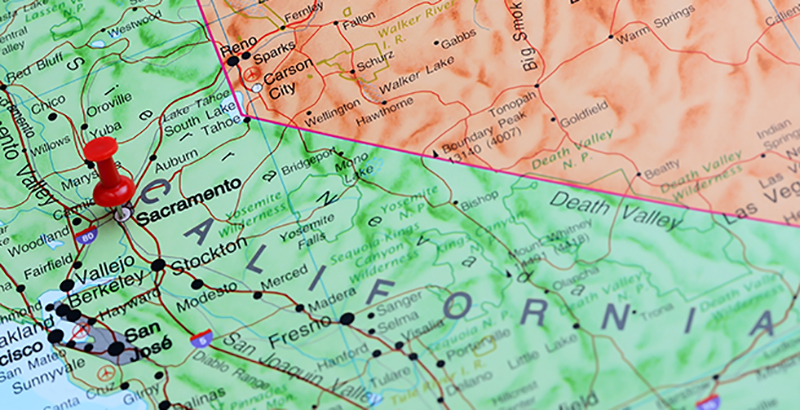5 Things to Know About California’s Final ESSA Plan Following a Year of Discussion & Debate Surrounding the Golden State’s Schools

After nearly a year of discussion and three rounds of revisions, California’s Board of Education on Wednesday approved its final version of its state accountability plan known as ESSA, to comply with the federal Every Student Succeeds Act.
Here are five things to know about the last leg in California’s journey to win approval — and the roughly $2.6 billion in federal dollars it means for the state each year.
1. A federal thumbs-up is now virtually guaranteed. In a letter to the state late last month, a top Department of Education official wrote that he expected the department to approve the plan if California agreed to the feds’ latest round of changes. The state board on Wednesday unanimously approved the last details. The state will now resubmit its plan and expects to hear back within 30 days whether U.S. Education Secretary Betsy DeVos will at last sign off.
2. The plan prioritizes tracking of suspensions. Each state had to choose a way of evaluating schools that didn’t revolve around academics. Most states — three-quarters of them — chose chronic absenteeism as their “school quality or student success” measure, but California chose to use that as part of its academic measurements. So the state is going with suspension rates for elementary and middle schools. For high schools, the state will use suspension rates as well as the college and career indicator, which is based on completion of college-preparatory courses or career tech courses, or high scores on certain tests.
3. How California will work to boost struggling schools: The last sticking point for California was how and when to identify the lowest-performing schools and those that are struggling to serve student groups. The law requires each state to list its bottom 5 percent of schools so they can receive help. That’s around 300 schools in California.
California first ran afoul of the feds because its new accountability measurement tool, the California State Dashboard, didn’t clearly identify those bottom 300. Then the latest snag was that California wanted to take longer to identify those schools that are low-performing for specific student groups. The feds won, and California has now agreed to move up its timeline. Schools will now be eligible for support after two years of low performance.
4. Only three states have not won final approval from the feds. The other two are Utah and Florida.
5. What took so long? California was basically being California, an education advocate said Wednesday. “I think it stems from California wanting to do things California’s way,” said Carrie Hahnel, deputy director of research and policy at The Education Trust–West. “California has treated the ESSA plan as a compliance document as opposed to a plan to guarantee students’ civil rights. The state was working on its own accountability system before ESSA, and they’ve essentially taken their plan and tried to wedge it into the ESSA template.”
Get stories like these delivered straight to your inbox. Sign up for The 74 Newsletter

;)
